Growing up is hard enough at any time; coping with additional cross-currents of race and religion is a whole new world of hurt. The autobiographical essays in this book provide insights that are personally touching and significant, although the book as a whole is oddly hollow. It was financed in part by the Australia Council, an organisation that has a great liking for nice stories about multiculturalism, and that may explain why it projects a rather SBS view of Australia and the world.
This is not to devalue the experiences of the contributors. Indeed, a key aspect of the book is that it shows the heterogeneity of the Muslim population in Australia, ranging from Lebanese to Turks, Bangladeshis to Iranians. Even within the Muslim population there are sharp-edged differences. Michael Mohammed Ahmad, for example, a Lebanese-Australian, speaks of his difficulty in understanding that he was Alawite, despised by the Sunnis as non-believers. As if avoiding the temptations usually associated with life in high school weren’t enough.
For others, those temptations, and the consequences of them, made for a hard path. Randa Abdel-Fattah, in an essay delightfully titled ‘The Road to Self-Acceptance Is Paved with Tim Tams’, discusses her issues with body image, and how she adopted the hajib in part to hide her shape. As a strategy for social success it was not particularly successful, but the move nevertheless led her towards a deeper acceptance of her faith and her body.
Decisions over the hajib figure in several of the essays. Some of the women who have decided to take it acknowledge that in other countries it can act as a means of political and social oppression, but the basis of their own decision — and they emphasise it was their decision — was to show their piety and humility before God. It is an admirable sentiment, even for those non-Muslims who find the image of the hajib confronting.
Broader questions of gender roles in Muslim cultures present serious questions for many of the book’s contributors. Concepts like arranged marriages, women’s legal worth and polygamy (for men only) are difficult to accept when one has grown up with the freedoms and broad equalities of Australian society. It is often a clash of values more than a conflict of faith, and several writers admit they have not solved the dilemma.
For Aleyna Mohummadally, there was also the issue of her homosexuality. She knows that it has traditionally been seen as wrong by Muslims but can’t find any specific prohibitions in Koranic teaching. There is, she notes, a prohibition on sex outside marriage, so she suggests that if the Muslim community would simply allow same-sex marriage then the ‘problem’ of homosexuality would largely disappear. But one gets the impression that she is not expecting this any time soon. In the interim, she has found her own way to integrate sexuality and faith.
Others see themselves as works in progress. Ali Alizadeh reached a conclusion which involved him leaving the faith entirely. Bianca Emir has defied many of the stereotypes by becoming a champion kickboxer, but realises that the toughest fights can be those of the soul.
For some, the problem is literally closer to home. Irfan Yusuf, of Pakistani origin, finds himself reasonably happy in laid-back Australian society; the problem was his parents, forever laying down rules on everything from dating to studying. The pressure on young people to do well enough in high school to qualify to study medicine in university would be comical if it wasn’t so serious. He recounts an overheard conversation (complete with accents) and realises that the older generation are not actually interested in their sons studying medicine in order to help others. It is purely about parental bragging rights, a vicarious one-upmanship. It is a tricky problem for young people who have no desire to hurt their parents’ feelings but who want to make their own way in the world.
All this is interesting but it is not clear that it is adding up to a full picture. All of the book’s contributors are reasonable and articulate, and a non-Muslim can identify with their problems. When they have been confronted with the actions and rhetoric of militant Muslims in Australia and elsewhere, their response is to say that it has nothing to do with them, those people are only a minority, their views have nothing to do with ‘real’ Islam.
Is this sufficient? After all, the militant fundamentalists insist that they are the majority, and that they represent to the true nature of the faith.
So who is the interested non-Muslim supposed to believe? It would be simplistic to accept the moderates’ views without question. That would be tantamount to believing something not because there is good evidence to support it but because one wants to believe it — a dangerous path. This is not to say that the moderate view is wrong, simply that more examination is needed than is provided here.
Perhaps the editors should have cast a broader net, inviting Muslims who are more fundamentalist in their views to contribute. After all, they are not hard to find, and presumably they would be happy to publicise their opinions and complaints.
Yes, the result would be a more difficult book, but it might be one that is more representative of the Muslim community, including the young people within it. Non-Muslims, for their part, could see the breadth of values that exist, not just the liberal part of the spectrum.
Coming of Age is a valuable book but it smacks of a quasi-official view. It prefers the safe option, the path regularly travelled. A few more risks would have meant a book that matches the courage of some of its contributors.
Got something to add? Join the discussion and comment below.
Get 10 issues for just $10
Subscribe to The Spectator Australia today for the next 10 magazine issues, plus full online access, for just $10.
Derek Parker is a regular reviewer for The Australian Spectator.
You might disagree with half of it, but you’ll enjoy reading all of it. Try your first month for free, then just $2 a week for the remainder of your first year.

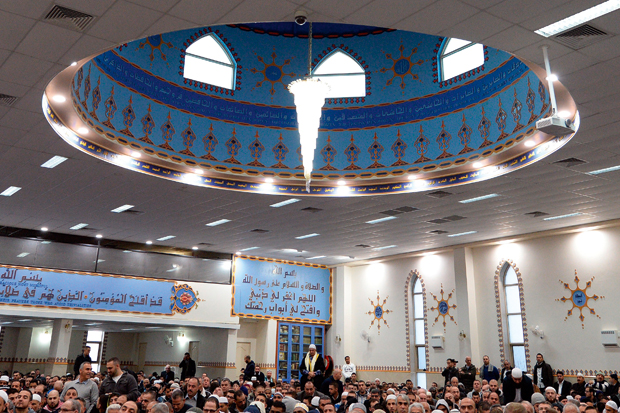
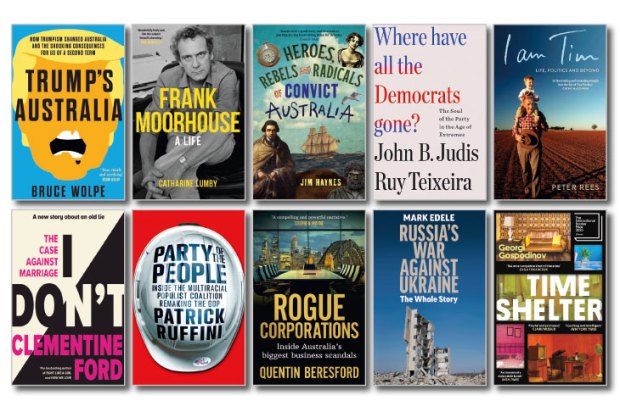
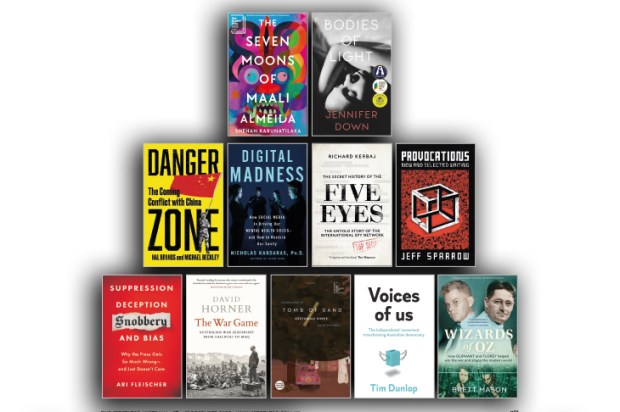
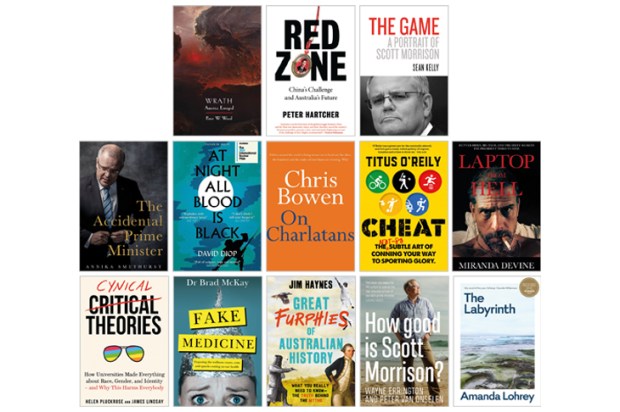
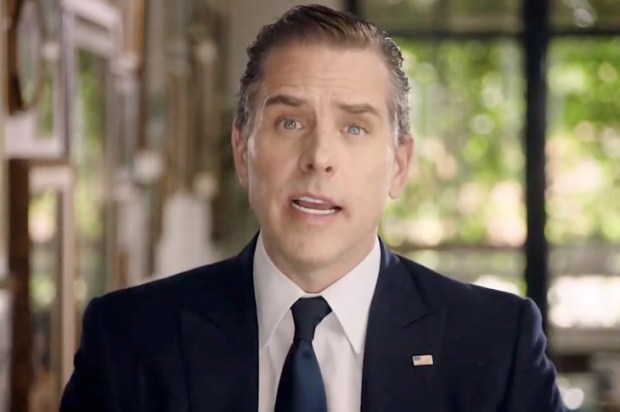
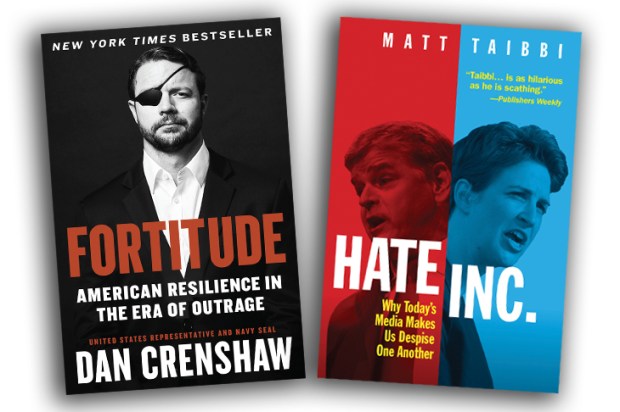
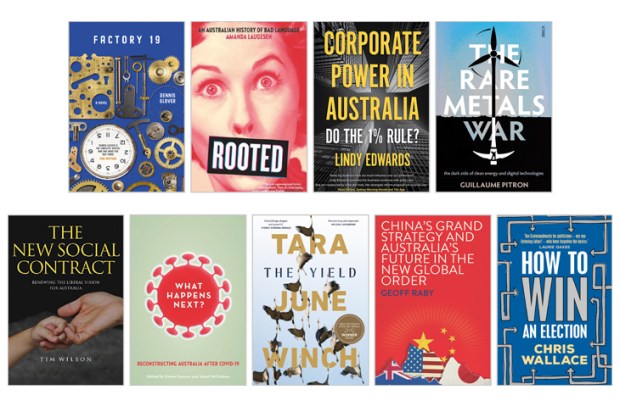






Comments
Don't miss out
Join the conversation with other Spectator Australia readers. Subscribe to leave a comment.
SUBSCRIBEAlready a subscriber? Log in